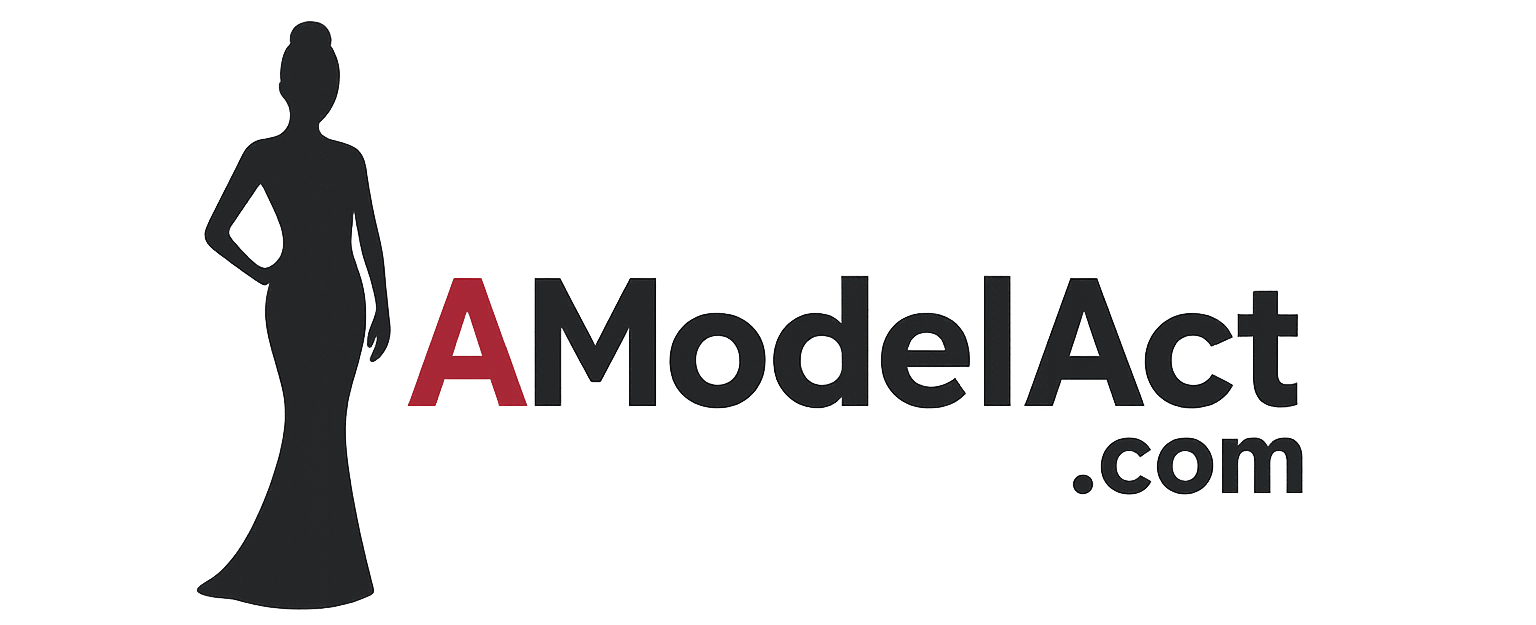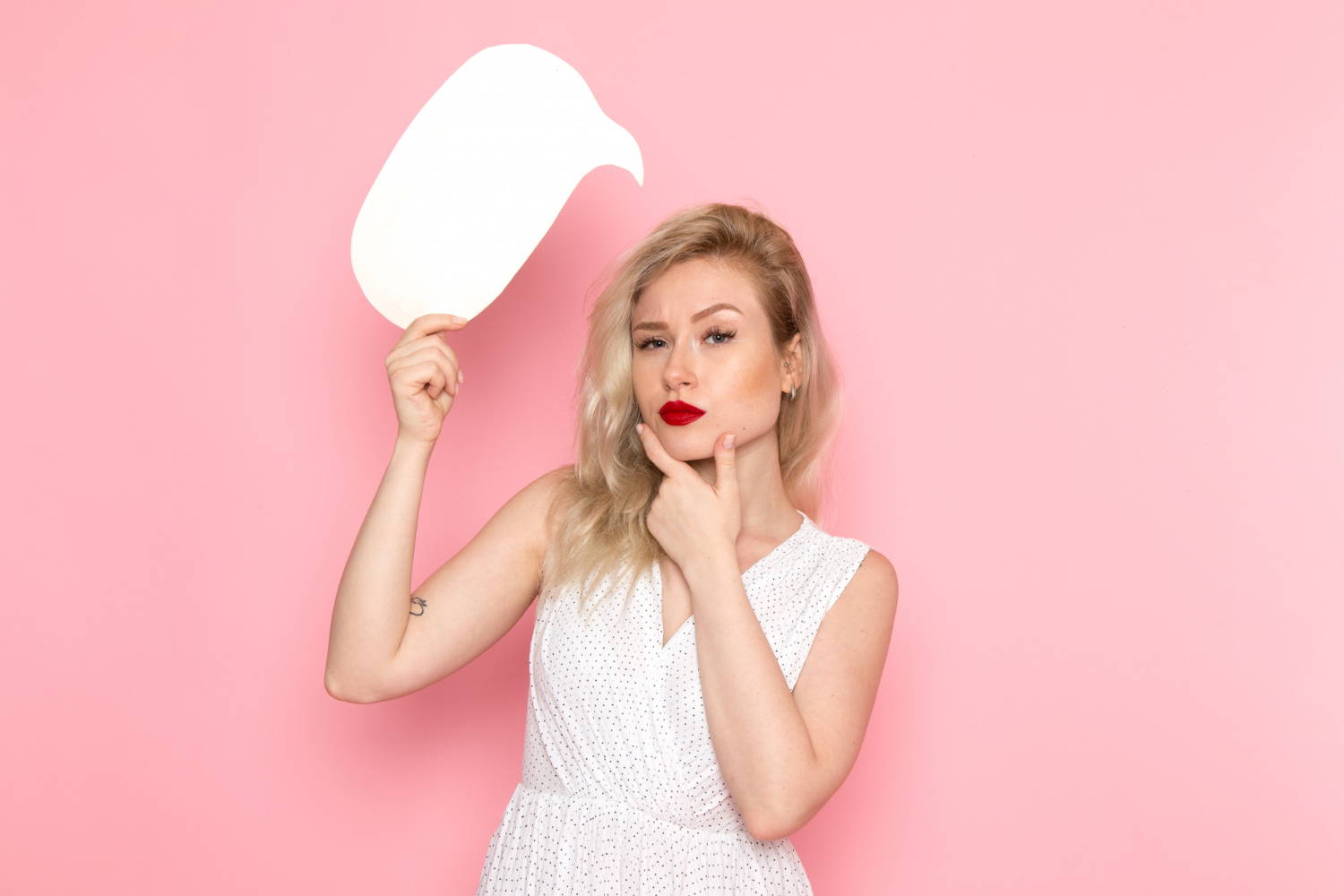Props can completely transform the dynamic of a photoshoot. I’ve found that incorporating props, whether they’re fashion items, everyday objects, or conceptual accessories, brings a creative edge that helps me stand out in front of the camera. Props aren’t just aesthetic tools, they serve to tell stories, define moods, and give me something physical to interact with. In modeling, stillness can sometimes feel stagnant, but a well-used prop introduces energy and depth.
Why Props Matter in a Photoshoot
Props do more than just decorate a set. They shape the narrative of the image. In many of my shoots, props have acted as a bridge between the photographer’s vision and my physical expression. They give context to the fashion or the product I’m modeling and can even help loosen me up when posing feels stiff or repetitive. Whether it’s a vintage telephone, a bicycle, or a silk scarf fluttering in the wind, the right object can give the image a heartbeat.
Making the Prop Feel Natural
One of the biggest lessons I’ve learned is to avoid making props feel like they’re just there. If I’m holding a bouquet of flowers, I don’t just hold it, I feel it, smell it, interact with it. The key is to treat the prop like part of the world I’m in, not a foreign object handed to me seconds before the shutter clicks. I try to engage with it in a way that’s believable and emotionally connected to the story of the shoot.
Props That Work Well in Fashion Shoots
Fashion shoots often feature bold styling and high-concept imagery. In these settings, props help create striking visuals that match the drama of the clothes. I’ve used mirrors to reflect light and angles, flowing fabrics to introduce movement, and furniture to create structure in my poses. These types of props add elegance and dynamism.
Hats, handbags, parasols, oversized jackets, and even musical instruments can complement a fashion-forward look. I make sure the prop aligns with the theme and doesn’t overpower the clothes, unless it’s meant to be a focal point. Coordination between styling and props is essential.
Bringing Emotion Through Object Interaction
One of my favorite aspects of modeling with props is how easily they help express emotion. If I’m modeling in a romantic editorial and holding a love letter or an old photograph, my entire body language shifts. The prop evokes a memory, even if it’s imagined, and my eyes reflect it.
Whether it’s joy, sadness, defiance, or serenity, having an object to interact with gives me an emotional anchor. When I use props like books, coffee mugs, or rain-soaked umbrellas, I think about the character I’m portraying. That small mental adjustment brings the entire frame to life.
Incorporating Props in Commercial Modeling
Props are especially useful in commercial modeling because they help sell a lifestyle. In e-commerce shoots or advertising campaigns, products like water bottles, phones, shoes, or backpacks must be held naturally and attractively. I’ve learned to angle them to catch the light and maintain good hand posture so the object is visible and elegant.
Even when it’s a simple studio shot, I think about how someone would genuinely use the item. I don’t overact, I just use it like I would in everyday life, with a touch of polish. Authenticity sells the product better than any exaggerated gesture.
Movement and Flow with Props
Adding movement to a shoot can be tricky, but props help. Flowing scarves, umbrellas in the wind, or long dresses caught mid-twirl give the image rhythm. I often practice with fabric or light materials in the mirror beforehand to see how they react when I move. I make a mental note of how to flick a scarf or drape a jacket in motion.
Movement draws the viewer’s eye and adds interest. If a shoot involves a long coat, I’ll spin slightly or catch it mid-air. That burst of energy brings a dynamic look that makes the photograph stand out in a portfolio.
Props in Themed or Story-Based Shoots
In editorials where the shoot follows a clear narrative, props become storytelling essentials. I’ve portrayed everything from a retro diner waitress holding a milkshake to a 1920s flapper adjusting a feathered headband. In these moments, the props guide my expressions and body language.
To succeed in these shoots, I dive into character. If the prop is a suitcase, I pretend I’m traveling. If it’s a telephone, I imagine who’s on the other end. By immersing myself in the moment, I use the prop to bring a full scene to life with just one frame.
Staying Versatile With Improvised Props
Sometimes shoots don’t go as planned, and the stylist or photographer hands me an unexpected object. I’ve had to work with fans, balloons, shopping carts, even a ladder. In these situations, I stay flexible. Rather than resist the unfamiliar, I explore how I can make it work.
I hold it, lean on it, move around it, and look for shapes I can create. My advice: don’t overthink. Let your body respond intuitively and trust that creativity will emerge. Some of my most striking shots came from spontaneous use of unusual props.
Avoiding Common Mistakes With Props
Overusing or misusing props can backfire. I’ve seen shoots where props distract from the outfit or make the model look awkward. To avoid this, I always:
- Keep the face visible: Don’t block the eyes or mouth unless directed.
- Maintain good posture: Props should complement your stance, not ruin your lines.
- Think about hand placement: Hands can look stiff when holding unfamiliar items. Practice with them beforehand.
- Let the photographer lead: If they want a specific pose, listen closely and try variations they suggest.
Props should support the story, not become the story unless that’s the goal.
Communicating With Your Team About Props
Great communication makes working with props smoother. When I arrive at a set, I ask the stylist or creative director what the purpose of the prop is. Are we creating a mood? Selling a product? Building a concept? This informs how I interact with it.
During test shots, I try different interactions, lifting, tossing, holding, sitting, and check the feedback. I always appreciate when photographers share what’s working and what’s not. That dialogue allows me to refine my approach and deliver stronger results.
Practicing With Props Outside the Studio
I’ve improved my skills by practicing with everyday items in front of a mirror or camera at home. Whether it’s a purse, book, chair, or a pair of sunglasses, I try different poses and expressions. I learn how my body looks from different angles while holding or using the object. This builds my confidence and muscle memory.
Sometimes, I even film short videos to watch how I move in real time with a prop. This has helped me understand what gestures look natural versus staged. Like any part of modeling, working with props takes repetition and play.
Selecting Props That Match the Shoot’s Aesthetic
Matching the prop to the shoot’s aesthetic is vital. A rustic, outdoor shoot calls for props like woven baskets, walking sticks, or straw hats, not slick tech gadgets. Likewise, a high-glamour shoot benefits from chic handbags, wine glasses, or luxurious fabrics.
I always review the mood board, if available, and consider color palettes and themes. Props should enhance the visual harmony of the image, not clash with it. The styling team usually has this covered, but as a model, it’s my responsibility to align my energy and expression with the object I’m working with.
The Impact of Props in Portfolio Development
Including images with well-used props in my portfolio has opened doors. They show range, creativity, and adaptability, qualities that agencies and clients notice. When I use props effectively, my shots tell stories and feel less like simple poses and more like magazine editorials.
The key is to showcase variety: soft emotion with a prop like a flower, strength with a prop like a gym accessory, elegance with a prop like a wine glass, and casual charm with a coffee cup or phone. These subtleties add depth to a modeling book.
Final Thoughts on How to Use Props During Photoshoots
Props are powerful allies in modeling. They offer cues, emotional depth, movement, and visual intrigue. Knowing how to use props during photoshoots can elevate any image from standard to captivating. For me, props are not extras, they’re co-stars that deserve as much attention and finesse as my poses or expressions.
When I approach a shoot with this mindset, I step into each frame with confidence. Props no longer intimidate me or feel awkward. They feel like an extension of my modeling language. They make my work more vibrant, more believable, and far more memorable.

